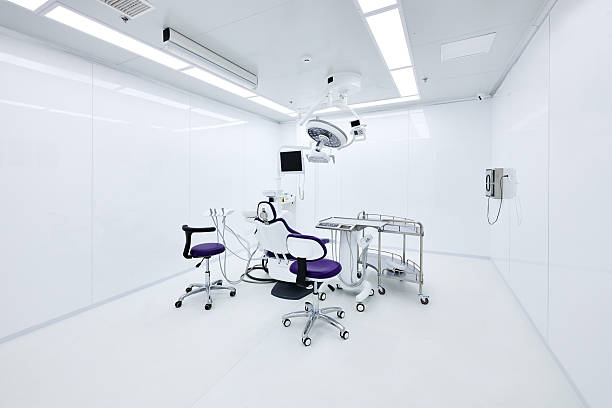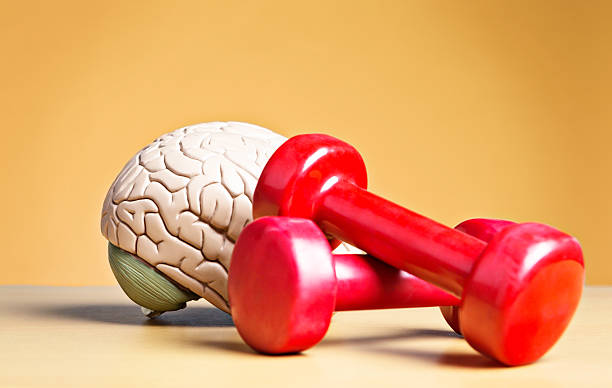Head injuries are among the most unpredictable and potentially serious medical emergencies a person can face. Whether they result from a fall, a collision during sports, or a vehicle accident, even a minor blow to the head can lead to lasting consequences if not handled properly. One of the most common concerns following a head injury is the risk of concussion. Immediate recognition and appropriate first aid are crucial to minimize long-term damage and ensure the injured person receives the right care. Taking the correct steps early can influence how well someone recovers in the days that follow.
Contents
Understanding concussions and when to act
A concussion is a mild traumatic brain injury that can occur even without loss of consciousness. Symptoms may be delayed or subtle at first. Recognizing behavioral changes, confusion, or physical complaints is essential in deciding the next steps for care.
Recognizing the Immediate Symptoms of a Concussion
After a person suffers a blow to the head, it’s important to observe them closely for symptoms that may suggest a concussion. These can develop quickly or appear gradually over hours. Confusion is a common early indicator, and someone might struggle to answer simple questions, remember events leading up to the injury, or seem generally disoriented. Other early symptoms include dizziness, nausea, ringing in the ears, blurred vision, and slurred speech. Behavioral changes such as irritability, drowsiness, or sudden mood swings can also signal something more serious is happening beneath the surface. If the person loses consciousness, even briefly, they must be evaluated by a medical professional without delay. It’s also important to understand that head injuries aren’t always visibly dramatic. Someone who walks away from an incident might still have suffered internal trauma. Providing immediate assistance includes staying with the injured person, keeping them awake if they’re drowsy, and avoiding physical movement unless necessary for safety. Those with cpr training are often better equipped to respond effectively when head trauma occurs, as they can stay calm under pressure and understand when to intervene or monitor symptoms further.
Managing Head Injuries When Emergency Services Are Delayed
There are situations when medical help may not be immediately available, such as in remote locations or during major emergencies. In such cases, providing consistent observation and minimizing the person’s movement is essential. Avoiding unnecessary walking or physical exertion is important, especially within the first hour after the injury. The person should not be given anything to eat or drink, as vomiting could occur, and fluids may complicate the situation if unconsciousness follows. Ensuring the person rests in a safe, quiet environment and limiting sensory stimulation such as loud noises or bright lights can reduce stress on the brain. If signs like repeated vomiting, worsening headache, increasing confusion, or seizure activity begin to appear, it signals a potential medical emergency requiring immediate transportation to the nearest facility. The most important thing a bystander can do is monitor and document the evolution of symptoms, such as timing when signs first appeared and tracking any changes. This information becomes invaluable to medical staff upon arrival. Emotional support is also a vital component of first aid—many individuals feel frightened or panicked after a head injury, and reassuring them calmly can prevent further distress. While waiting for help, remain focused on keeping the person comfortable and stable.
Post-Concussion Care and the Importance of Observation
The hours and days following a concussion are just as important as the initial response. Even if a person feels fine shortly after a blow to the head, symptoms can return or intensify with time. Common delayed symptoms include memory problems, light sensitivity, sleep disturbances, and trouble concentrating. Teachers, parents, coaches, and employers should all be aware of the signs and know how to support someone during recovery. Physical rest is recommended for the first couple of days, followed by a gradual return to normal activity, as advised by a healthcare provider. Cognitive rest—limiting screen time, schoolwork, or mentally demanding tasks—may also be necessary to help the brain heal properly. Repeated concussions within a short period can increase the risk of long-term brain injury, so it is essential to take each incident seriously. For athletes, strict return-to-play protocols should be followed, and clearance from a medical provider is necessary before resuming physical activity. Recovery times vary from person to person, so pressure to “tough it out” or return too quickly should be avoided. Support from family and friends plays a crucial role in emotional recovery, as mood changes and frustration are not uncommon during healing. Individuals should be encouraged to communicate openly about lingering symptoms and to avoid underreporting issues for fear of being sidelined.
Preventing Head Injuries and Building Awareness
Reducing the occurrence of head injuries starts with increased awareness and proactive behavior. In homes, ensuring stairways are well-lit, clutter-free, and equipped with handrails can prevent falls. For young children, window guards and soft flooring materials reduce risks during playtime. Athletes of all ages should wear properly fitted protective gear and follow safety rules during sports. Schools and recreational programs can contribute by teaching students about concussion risks and promoting a culture where health comes before competition. Vehicle safety also plays a major role—wearing seat belts, ensuring car seats are properly installed, and never driving under the influence all lower the likelihood of traumatic injury during a crash. Workplaces should offer training on fall prevention and proper head protection when tasks involve elevated areas or machinery. The more people know about the warning signs of concussion, the more likely they are to respond quickly and appropriately when an incident occurs. Broad community awareness and education programs can significantly reduce the burden of undiagnosed or untreated concussions, improving outcomes for everyone involved. By making first aid training a shared responsibility, communities grow more capable of managing head injuries with confidence and care.
Conclusion
Head injuries, particularly those resulting in concussions, require prompt attention and informed action. Recognizing the subtle and immediate signs of a concussion can prevent complications and support better recovery outcomes. While medical evaluation is always recommended, knowing how to respond when help is delayed or unavailable can reduce the severity of the injury. Clear observation, calm communication, and protective behavior all contribute to the injured person’s safety and well-being. Education and preparedness at home, school, work, and on the field can make a meaningful difference in how head injuries are handled. Early recognition and responsible care save lives.




